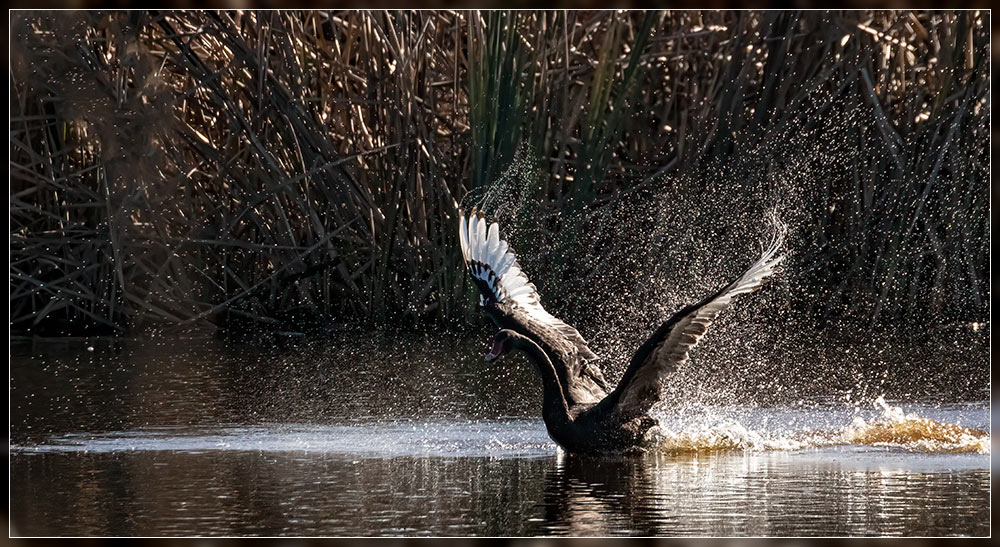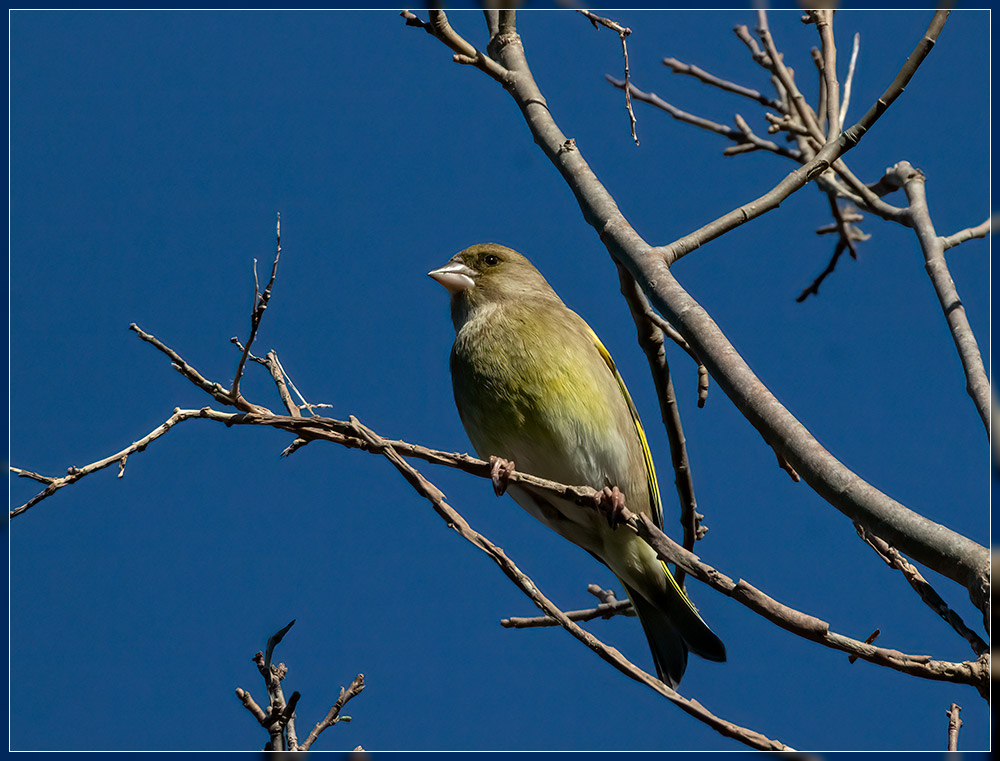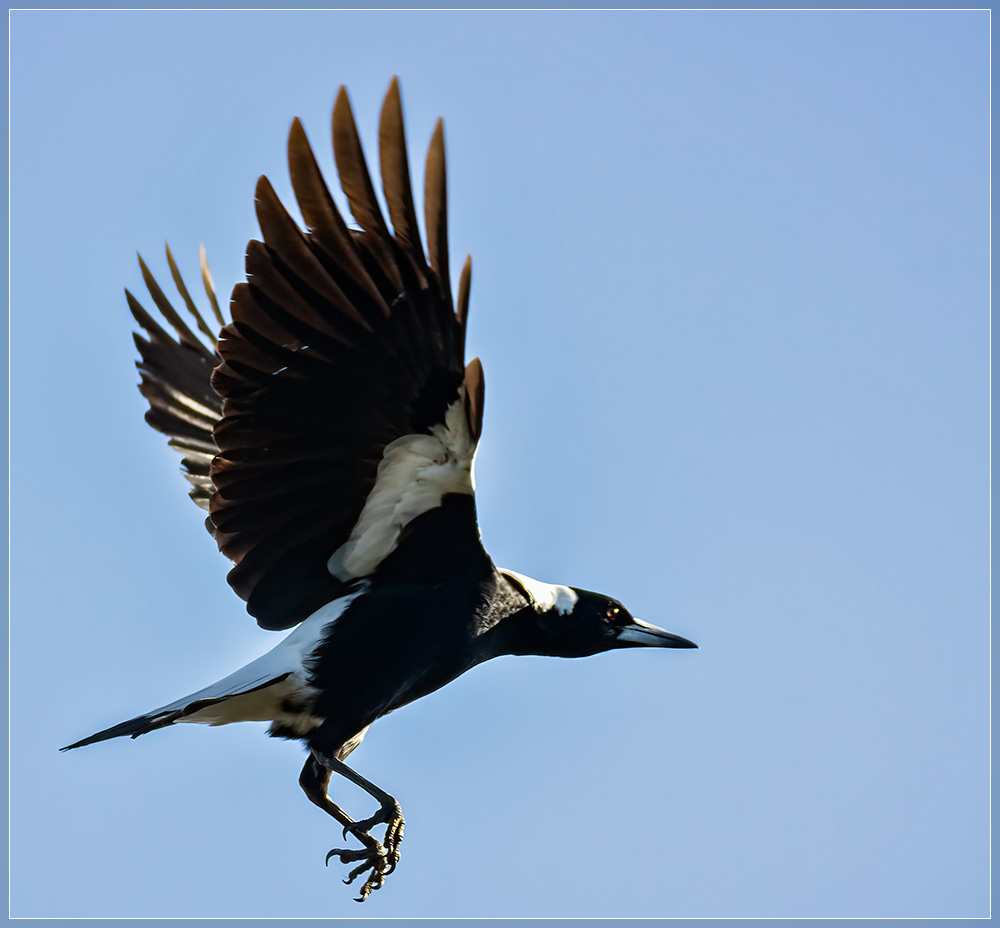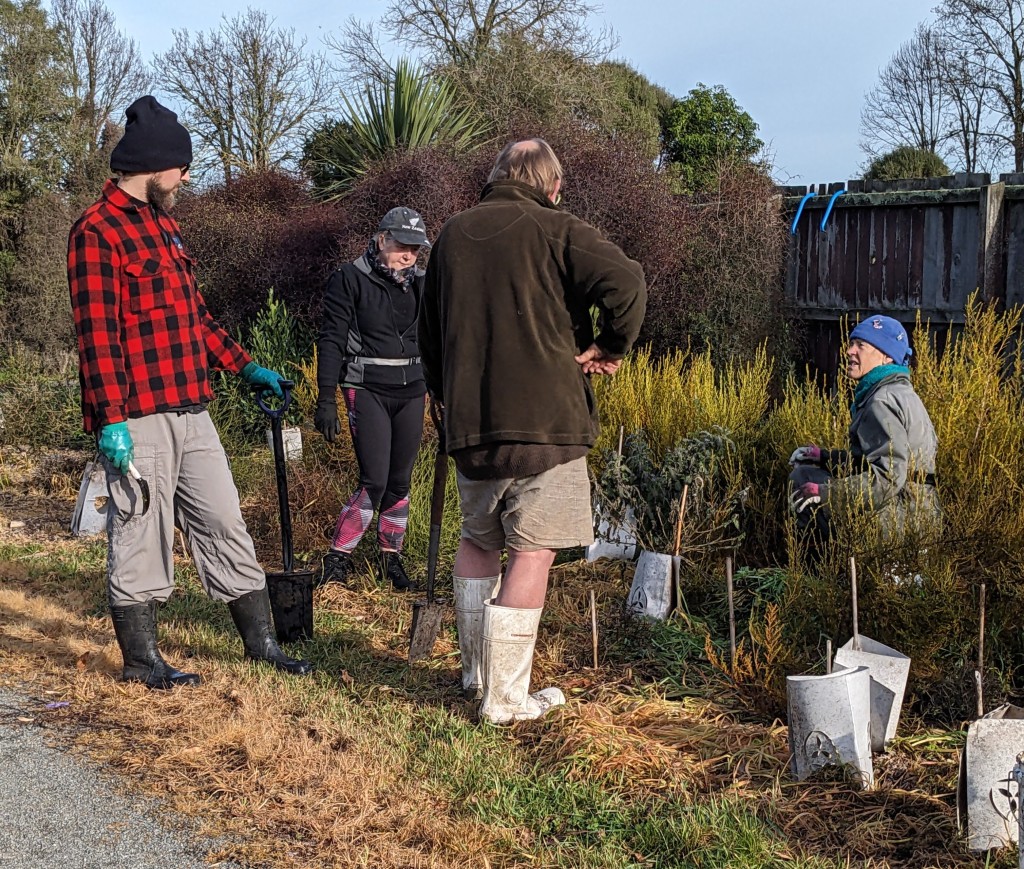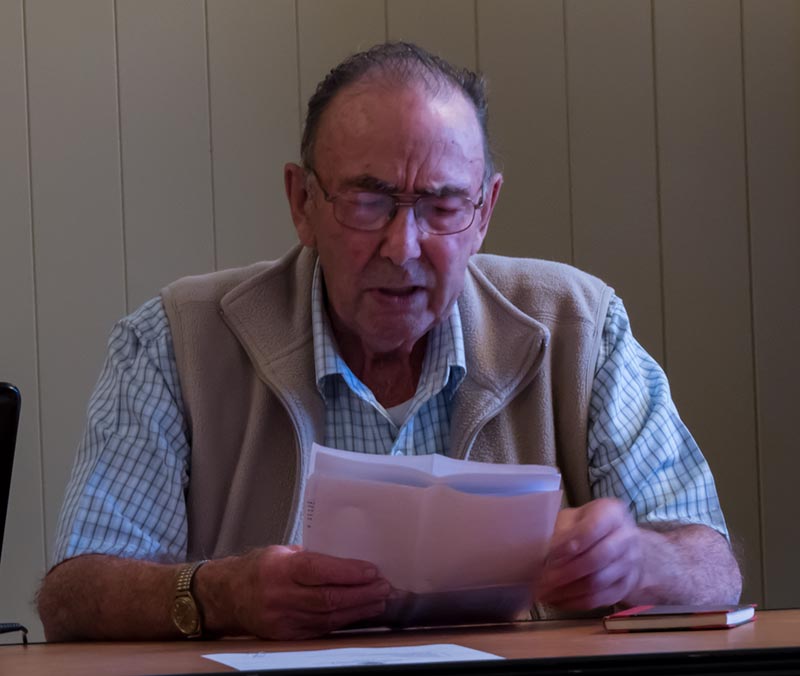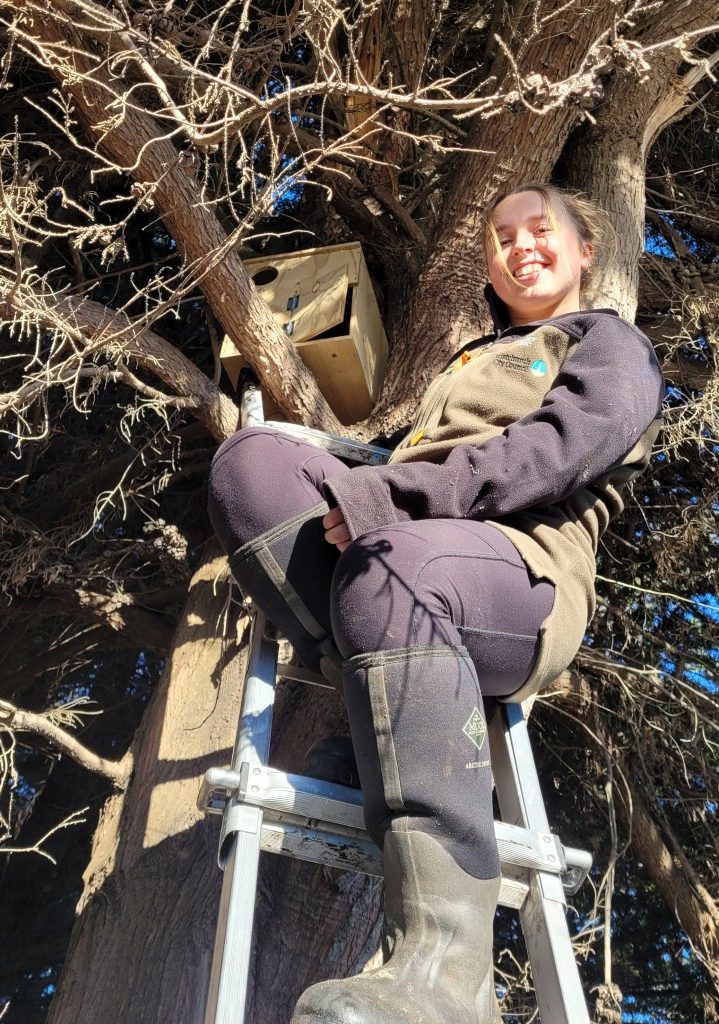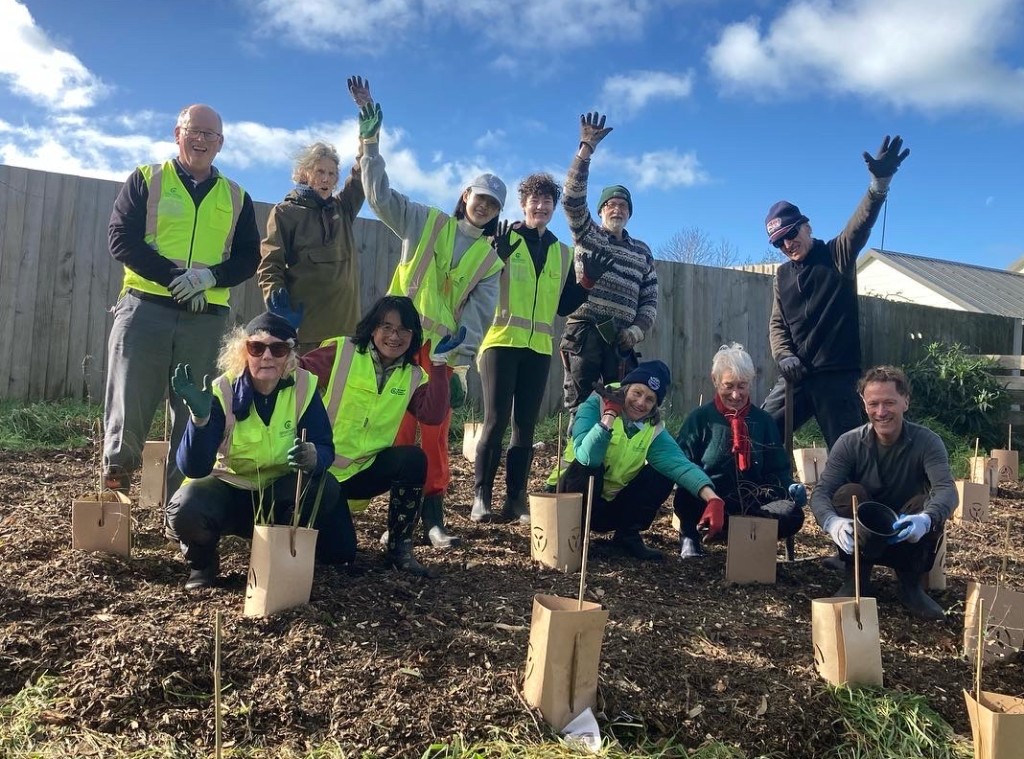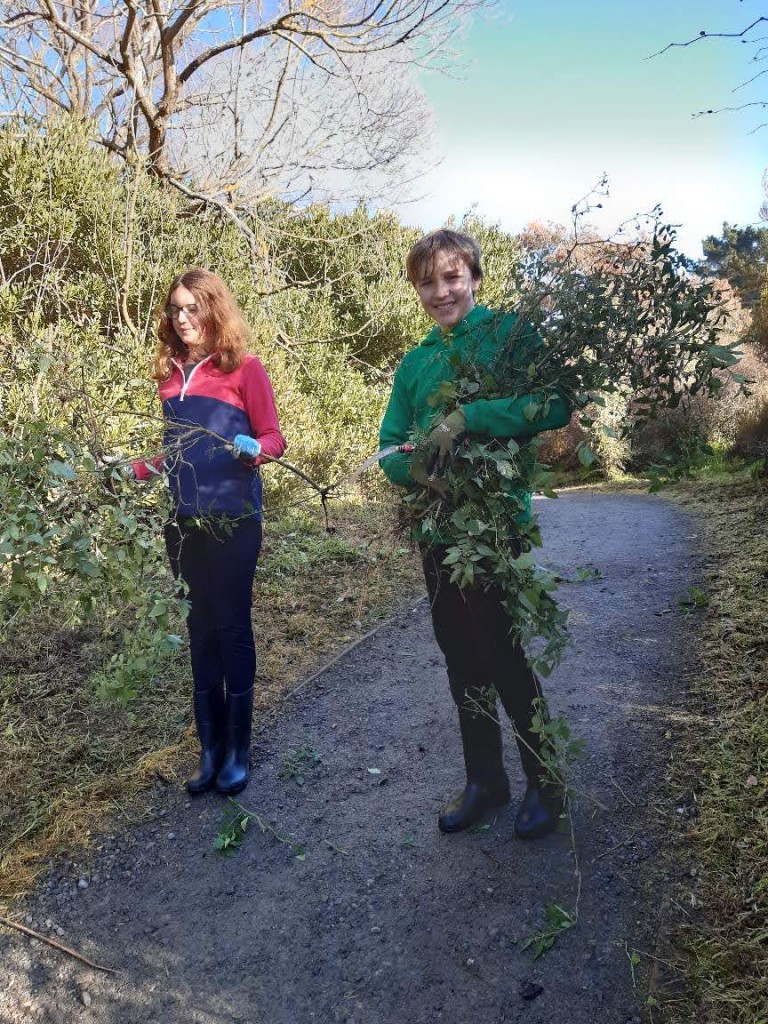All previous newsletters can be found here.
Work Day Reminder, August 19 2023
The next monthly work day will be from 9.00am – noon this coming Saturday.
This month we’ll be planting somewhere around the wetland, somewhere appropriate to the species we choose to plant.
If you arrive late there will be a notice on the Education Centre door explaining where we have gone.
All tools provided. Gumboots are advised but we can lend you some if you don’t have any. Please bring your own gloves if you can, but we have some of them for loan too.
If the weather on the work day is poor and we decide to cancel then an email will be sent by 8am on Saturday morning. So if you think the conditions are marginal, please check your emails.
If you’re reading this on the website and are not on the email list then you can add yourself to it through the form at the foot of the home page. If you change your mind there’s an unsubscribe link in each newsletter.
Latest News
Report on Last Month’s Work Day, 15 July
This was a cold morning initially with plenty of dew on vegetation. Our 17 volunteers warmed up with the walk around to the Inwoods Road entrance, which needed a bit of a tidy up. Luckily the area had been sprayed a few weeks earlier and much of the long grass had been knocked back.
Our main task was removing weeds close to or amongst plantings. Hardy species such as mallow, vetch, blackberry and some grasses were growing back in spite of recent cold and wet conditions. A sneaky patch of periwinkle was already flowering near the fence-line and this will be dispatched by midweek volunteers.
Existing plants in this often dry and challenging area were mostly doing very well. Ground cover species were spreading enthusiastically and blocking out common weeds. Native nettles (Urtica ferox) had shrivelled leaves from recent frosts but will recover well in spring to provide food for caterpillars.
We also planted about 20 new specimens to fill in gaps. These included matagouri, hoheria and hebe.
By lunch time conditions had warmed up well and we were able to enjoy our refreshments outside. Thanks everyone.
Article: Sue Britain, images: Dave Evans
Joe’s Corner
Joe Greenaway is a life member of the Travis Wetland Trust and he came along to the July board meeting to let us know that he’s now living in a cottage at Windsorcare in Shirley. Thirty years ago when the Travis Wetland Trust was formed Joe was one of the people deeply involved. Joe lived next to Travis Wetland at the end of Allstone Place and adjacent to Sanctuary Villas. Not only did Joe coordinate the work days for the Trust, but he also put a lot of time into enhancing “Joe’s Corner” of the wetland. There was no hard boundary between his garden and the wetland and he planted appropriate natives from the edge of the swamp up the slope to the start of his lawn. He took great pleasure in the birds that the natives attracted to his garden as well as the wetland. He repelled the encroaching willows and controlled the blackberry and Wandering Willie.
At the foot of the slope is the imaginatively named Western Drain that runs from Joe’s Corner down the edge of the western dune to Kōtuku Basin adjacent to Clarevale Park. On one occasion, when out for an evening amble, Joe observed a large shoal of native fish in the drain. Originally the spring-fed drain was “boxed”, but it was naturalised about 20 years ago. We really must think of a more attractive name for it.
Travis was a completely different place back in the 90s. When I first went to the area next to Clarevale Park we found only one native plant of a significant size – a single cabbage tree. We’ve all done our bit to restore parts of Travis and Joe has done more than most. We’ll keep an eye on Joe’s corner to make sure it stays looking good.
Article: Dave Evans and image: Grahame
Owl Nesting Boxes
The rangers have built and erected a number of nesting boxes around Travis Wetland with the aim of attracting breeding pairs of Little Owl (Athene noctua). Last season an owl family were very visible near the Beach Road carpark but the tree in which they had nested succumbed to the elements. A nest box has been erected near to this site and a pair have already been seen and heard nearby.
Also known as the German Owl, Little Owls were introduced to New Zealand from Germany between 1906 and 1910. They are now common throughout the eastern South Island. Despite being introduced to control small pest birds on farms and orchards, it is believed that the Little Owl’s diet consists primarily of insects, with the occasional addition of a small mammal, lizard, frog or bird.
Breeding occurs between October and January, with the chicks leaving the nest after around 33 days. Little Owls can often be spotted perched out in the open in late afternoon so keep your eye out for one of the nesting boxes and you might just spot a Little Owl.
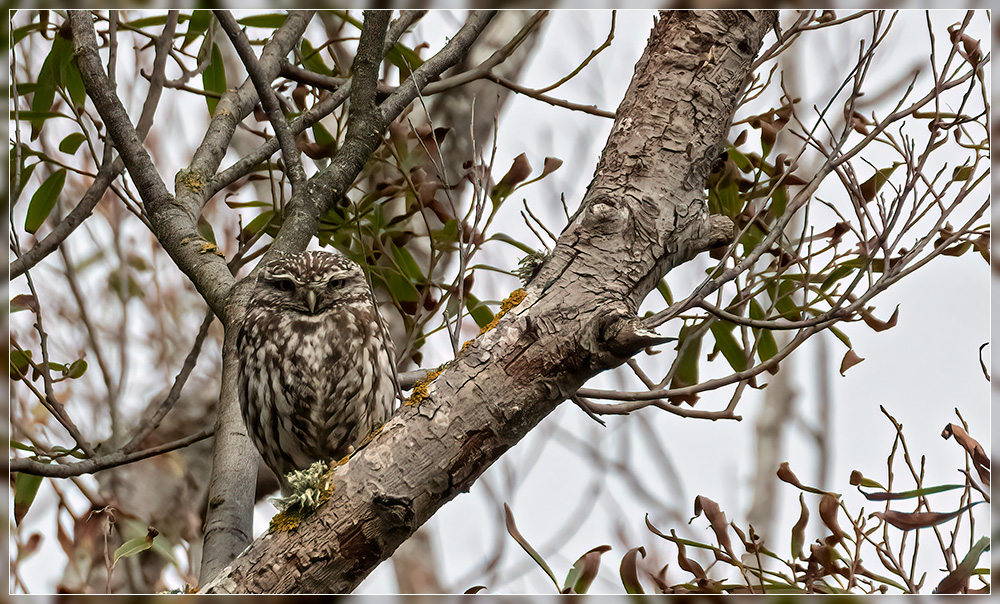
Article: Kenny Rose
Helpers at Travis Wetland
In spite of rain as we began at Travis, Donna’s Conservation Volunteers arrived to help. The slope behind the Barn has recently been planted and needed further attention.
Weather cleared; work was delayed for a short time as we watched a pair of black swans with their cream coloured, fluffy family of five feeding and quietly nosing their way through the area, parents ruffling their feathers and in control!!!
Finally, newspaper, cardboard and with the large pile of mulch action began. Heavy wheelbarrow loads of bark were pushed up hill to cover the paper and cardboard which the wind was determinedly lifting, sending volunteers chasing after it.
All worked tirelessly [short break included,] until the whole slope was papered and bark chipped and another 20 plants added. Great job — thank you to Donna with her Volunteers for coming to Travis and making the project possible from start to finish.
In spite of the cold days we have had at Travis, once again Lauren and Nicholas braved the weather to help out the Wednesday crew. Some of the plants of nightshade that had to be removed were of a challenging size requiring energy!!! These lovely young people managed extremely well! We enjoy having them there. A hot chocolate at the local cafe was their reward!
Images and article: Eleanor Bissell
Images from Grahame
